Chocolate bars
€3,50
Our bars are made of just two ingredients: cocoa beans and sugar, and it is love at first bite, the start of an unforgettable exotic journey.
Description
-Colombia, Huila
In 2018 we were lucky enough to visit these Colombian plantations, to see the faces behind the cultivation of this amazing cocoa.
It is an ancient Colombian hybrid that presents an incredible palette of aromas.
Flavour Profile: hibiscus, fresh grapes, citrus, tobacco.
Origin: Colombia, Huila Region in the province of Gigante, south-west Colombia.
-Peru Gran Cilique
Gran Chililique is a type of ultra-premium cocoa that grows on the Chililique hills in Peru, in the Piura region.
A small community of local farmers, counting up to 52 families, take care of this amazing cocoa.
About half of this community consist of women, hence we are proud to say that, by eating this tasty bar, you can support gender equality.
Support gender equality.
Flavour Profile: Medium level of acidity, notes of sweet tropical fruit, fresh fruit like pineapple and an aftertaste of toasted macadamia.
Origin: Peru, Piura.
-Sao Tomè
Western African island where cocoa has been cultivated for hundreds of years, brought here from Brazil during the Portoguese occupation – it is the forefather of every type of Western African cocoa.
Flavour Profile: wood, tobacco, chocolate.
Origin: São Tomé e Príncipe.
-Sierra Leone
Rainforest’s cocoa is cultivated by the inhabitants of the area that surrounds the Gola Forest National Park, preserved by a foundation that works to the safeguard of all the African forests.
The Park was declared protected area 7 years ago to safeguard one of the largest surviving stretches of Guinean forest in Western Africa. The park covers a 70 thousand hectares large area and is known all around the world as a place of great biodiversity.
After the civil war many small plantations were abandoned. Thanks to the training of 122 technicians the practice of agroforestry has been introduced, which sees cocoa as a key presence among many tall shade-casting trees, trees for organic soil enrichment, pineapple trees, chilli peppers, and various types of tubers that are sold in the local markets. Such cultivation method allows for high-quality and variegated crops. The cocoa beans are harvested only when they are fully ripe and are then left to ferment in 60kg rattan bags, which are 100% eco-friendly. The fermentation process is supervised by the technicians and lasts for about 6-7 days. This fermentation technique, which sees the use of small quantities of cocoa, allows for more than 80% of high quality fermented cocoa beans.
Flavour Profile: well-rounded, mellow and creamy. Herbaceous notes find place in the lipid structure of the product. A pleasant sweetness lingers at the end of the tasting experience. Well-balanced and pleasant cocoa with important notes of coffee and banana.
Origin: Sierra Leone’s Gola Rainforest, an area bordering Liberia, is the last old-growth forest in the country.
-Tanzania, Mbingu
In 2012, two men who shared the same dream and the same vision met in Tanzania, the East African country known for its vast natural areas. Brian LoBue and Simran Bindra had both been roaming Tanzania’s cocoa plantations for a while and had noticed that such territory had lot to offer: a diversified cultivation environment, a strong gene pool and cocoa beans that could produce extraordinary fruits with a little more care and attention.
After meeting the local farmers, in the villages of the Valley of the Morogoro Region, Kokoa Kamili was set up in a small village called Mbingu, at the border with the breath-taking Udzungwa Mountain National Park.
This area offers shelter to a wide range of animals, including mountain elephants, and a great variety of plants and trees and food such as rice, corn and bananas. The river down in the valley and the downflow from the sheltered plateau offer plenty of water during a dry period that lasts 7-8 months.
In this heavenly place, Kokoa Kamili has quickly managed to create a happy community of farmers, helping them understand the importance of the quality of the environment for the cultivation of top cocoa beans. Here dwell the Mbingu Sisters: a cloister that runs a 30-hectare-large cocoa farm. Their income is used for a lot of charitable initiatives, among which the management of a hospital, a school and a local orphanage.
Flavour Profile: Passion fruit, tamarind, shell fruit.
Origin: Tanzania, Kilombero Valley – Mbingu
Additional information
| Flavour | 30 gr Single Origin Colombia Huila (100%), 30 gr Single Origin Colombia Huila (80%), 30 gr Single Origin Tanzania Mbingu (78%), 30 gr Single Origin Venezuela Merida (80%), 40 gr Milk 45%, 40 gr White 35% |
|---|

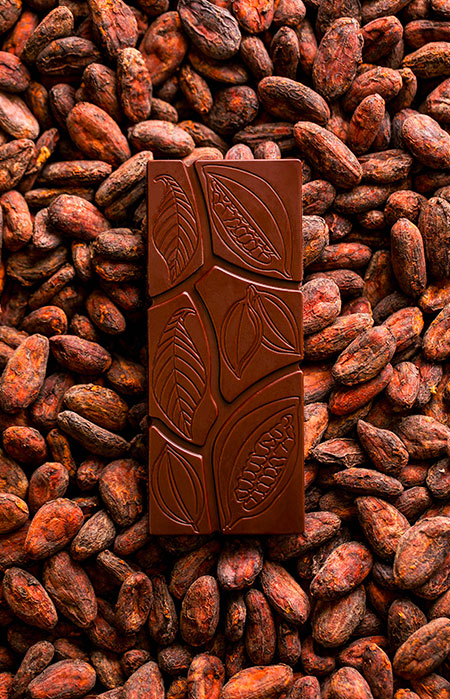
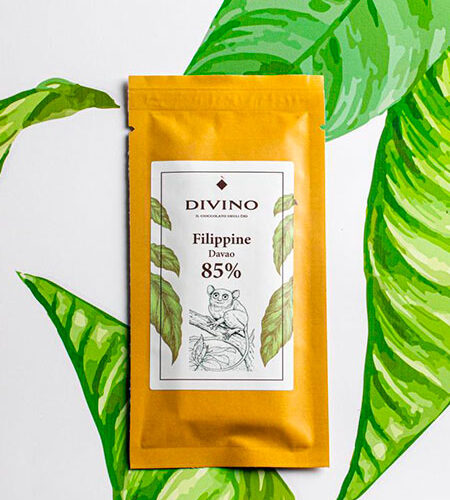
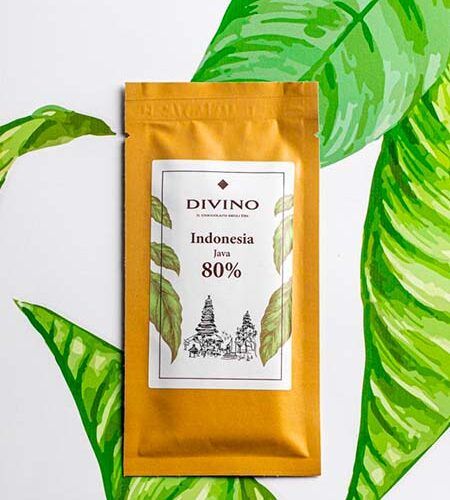
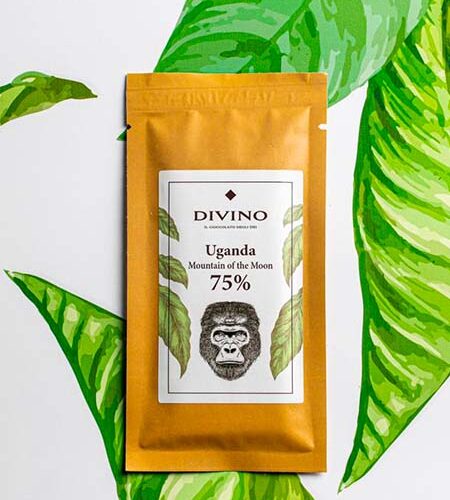
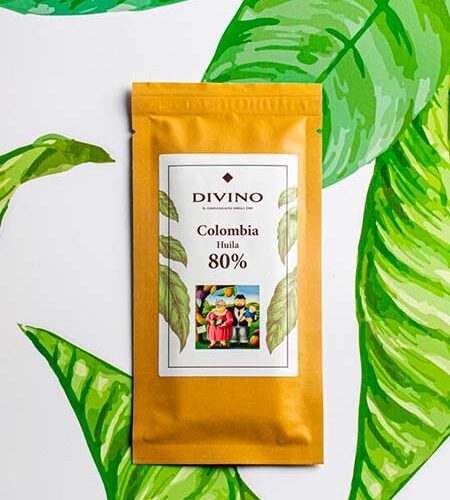
Reviews
There are no reviews yet.